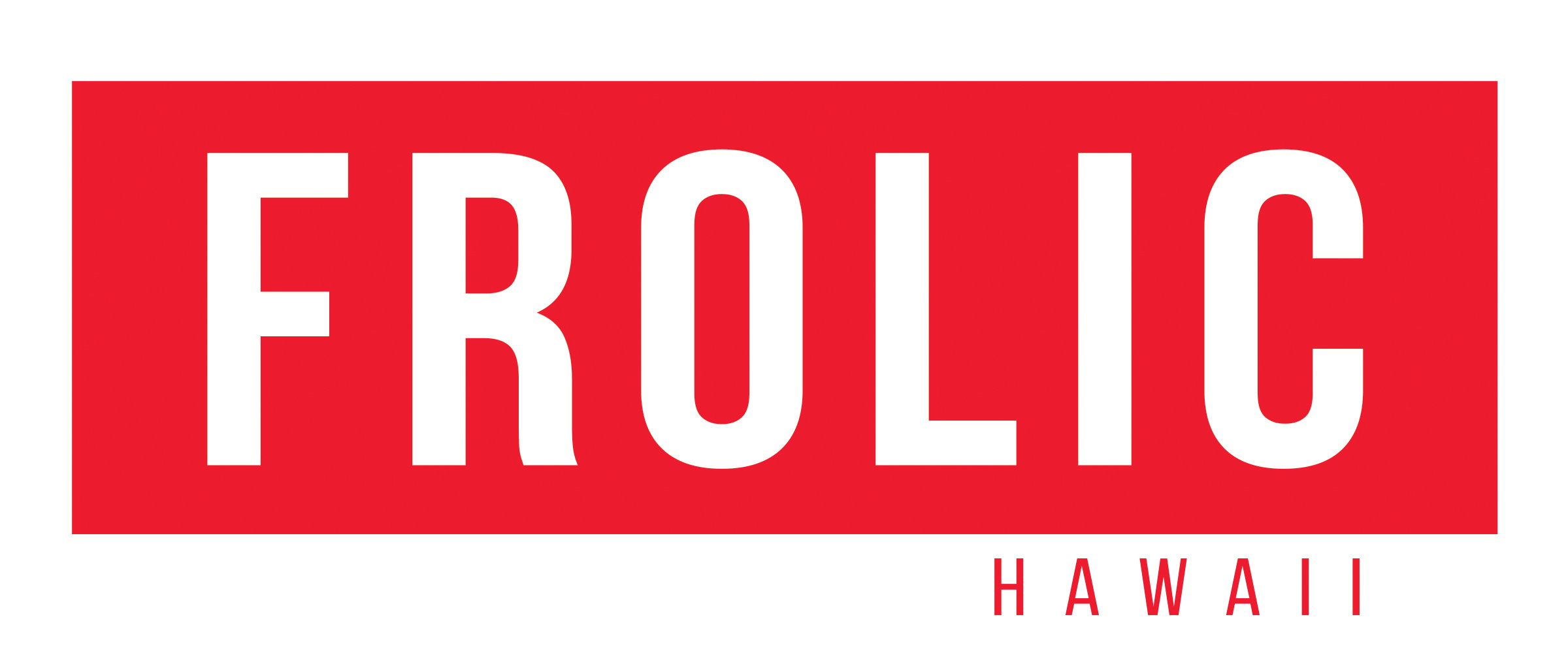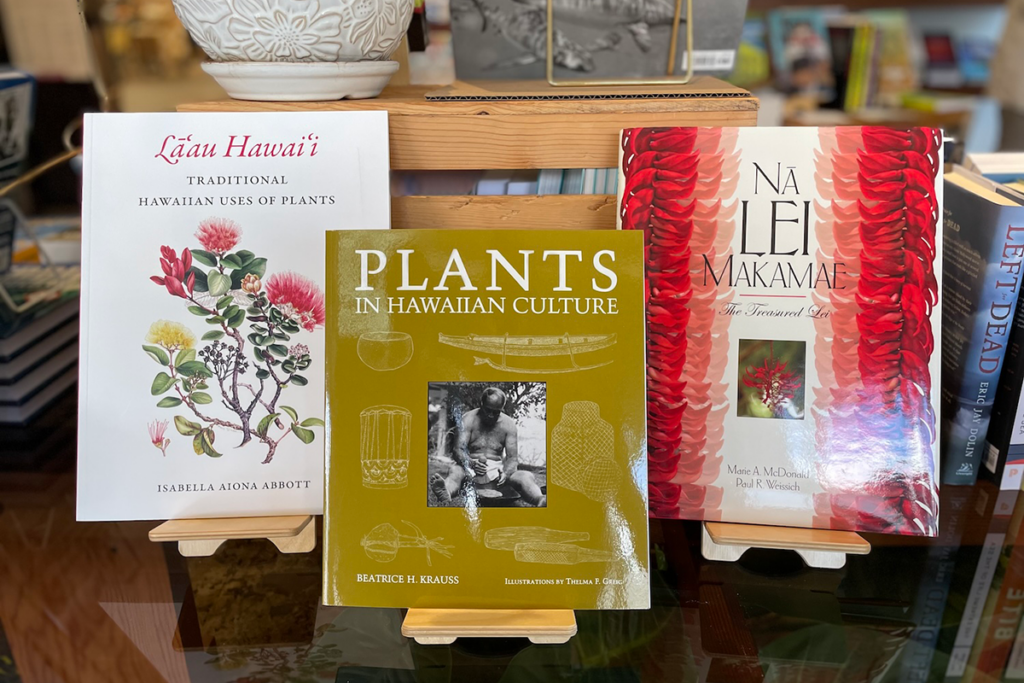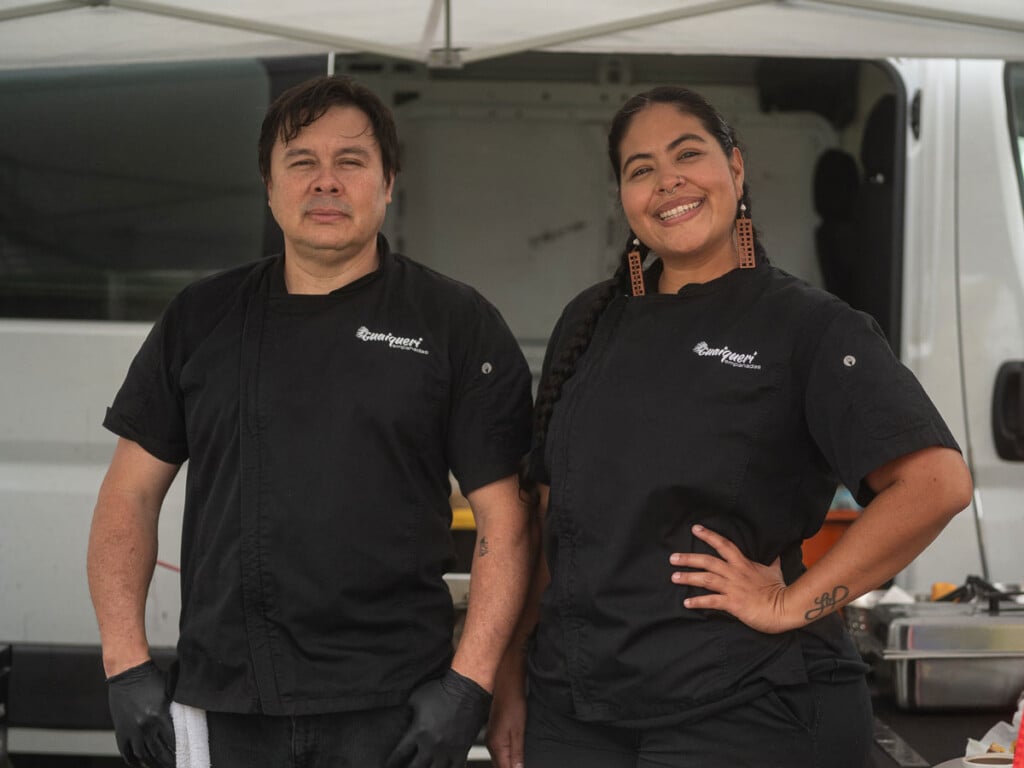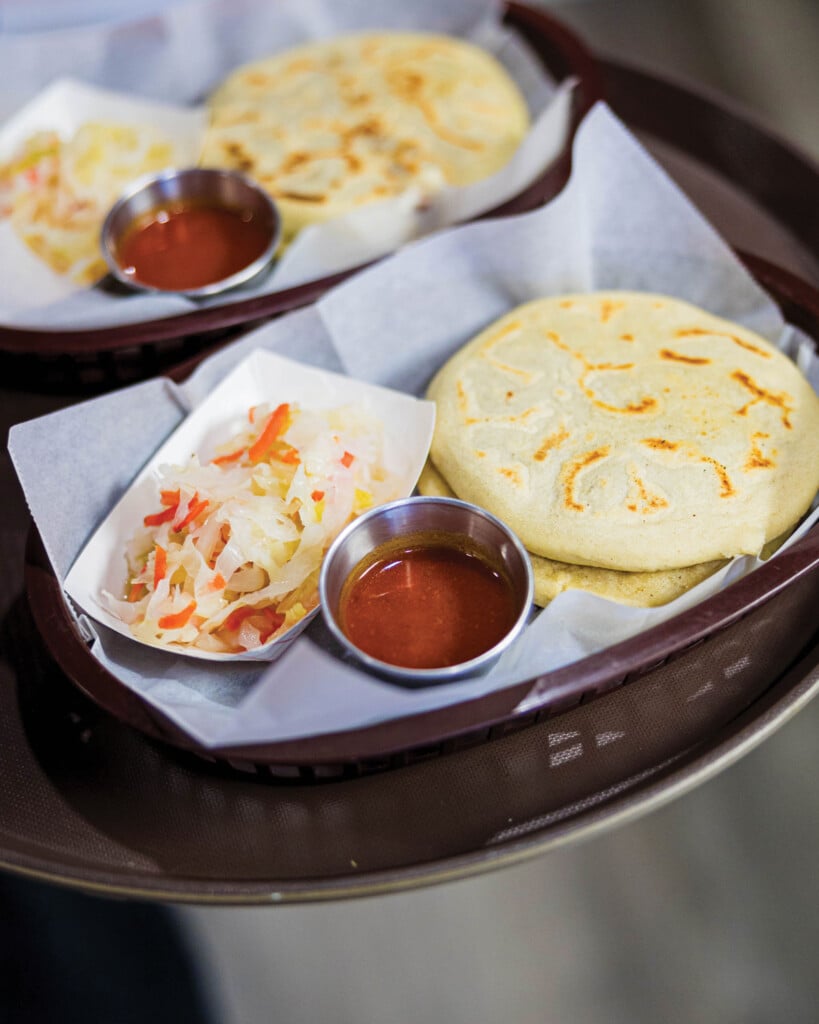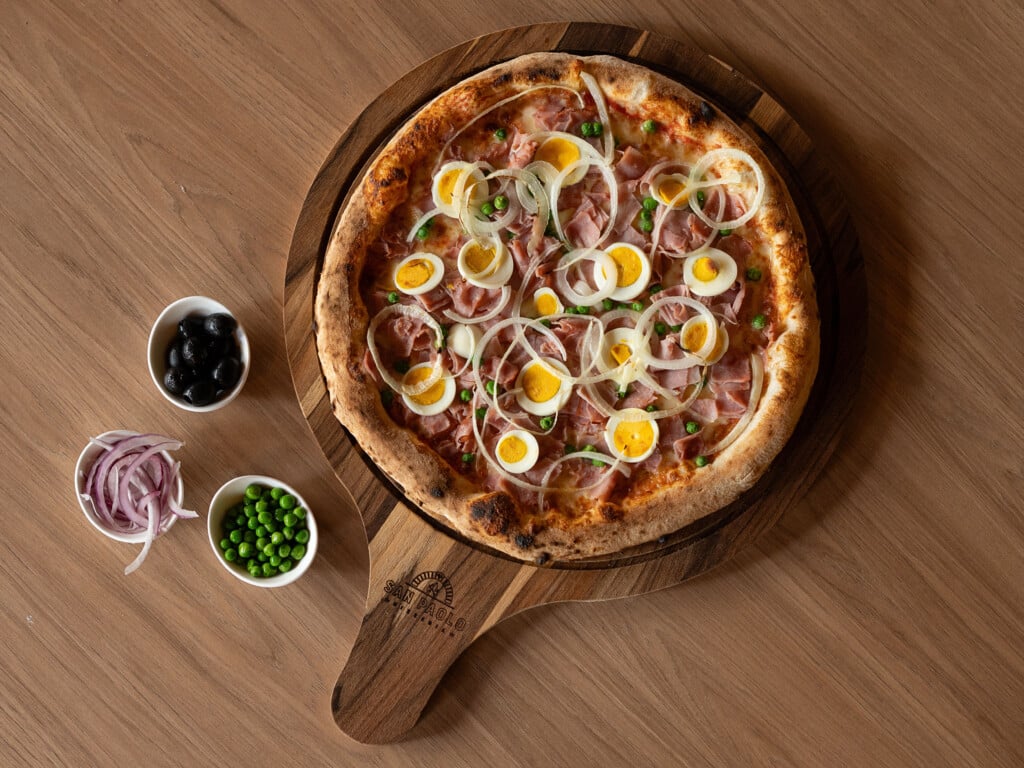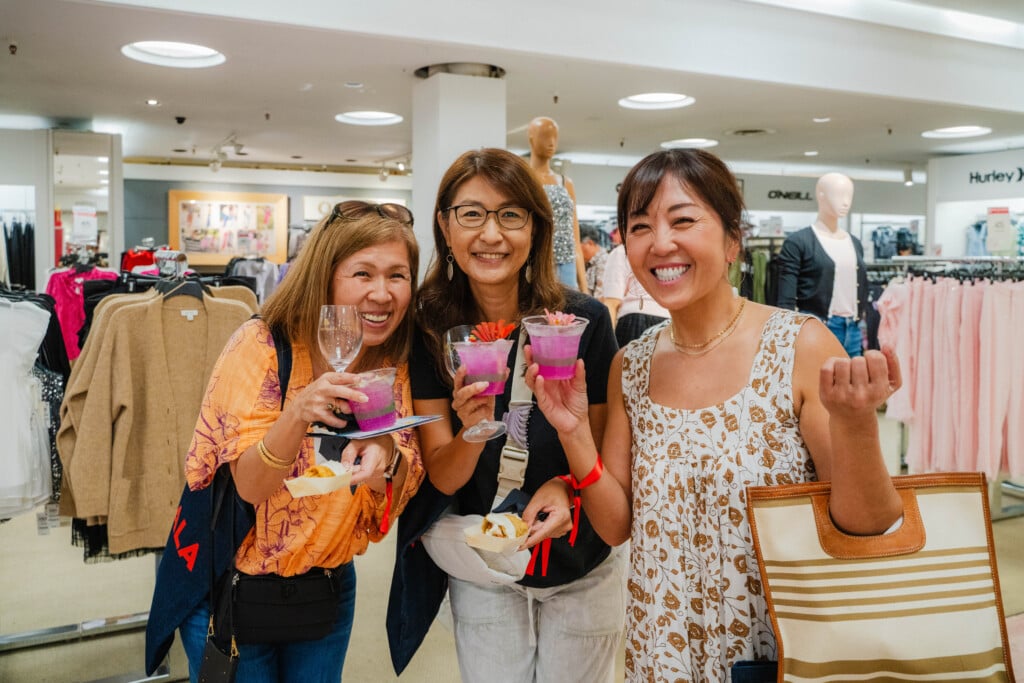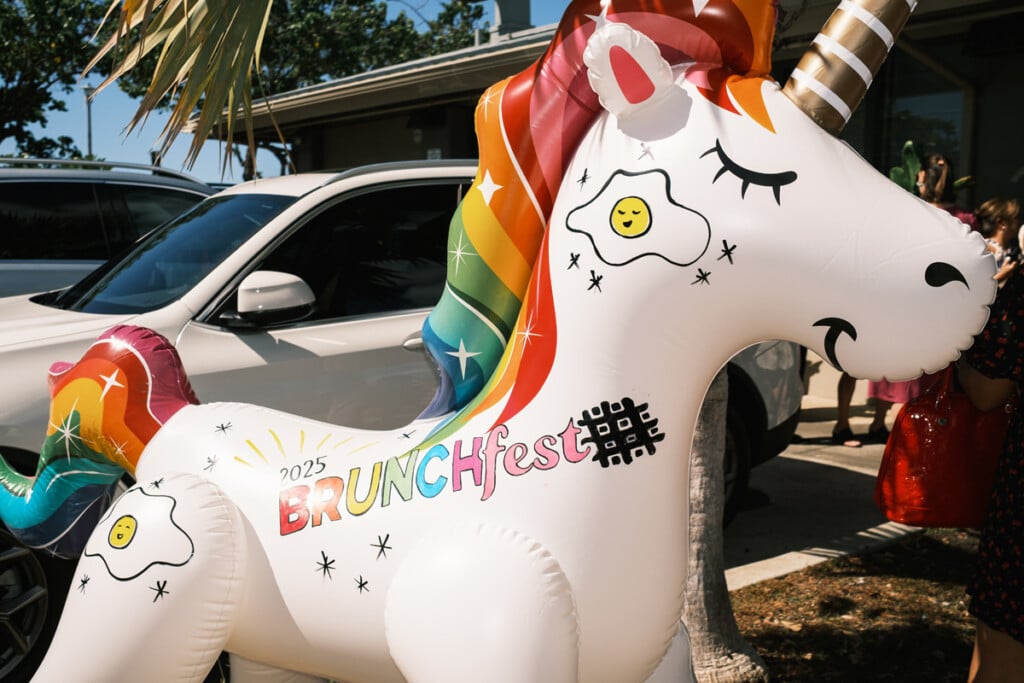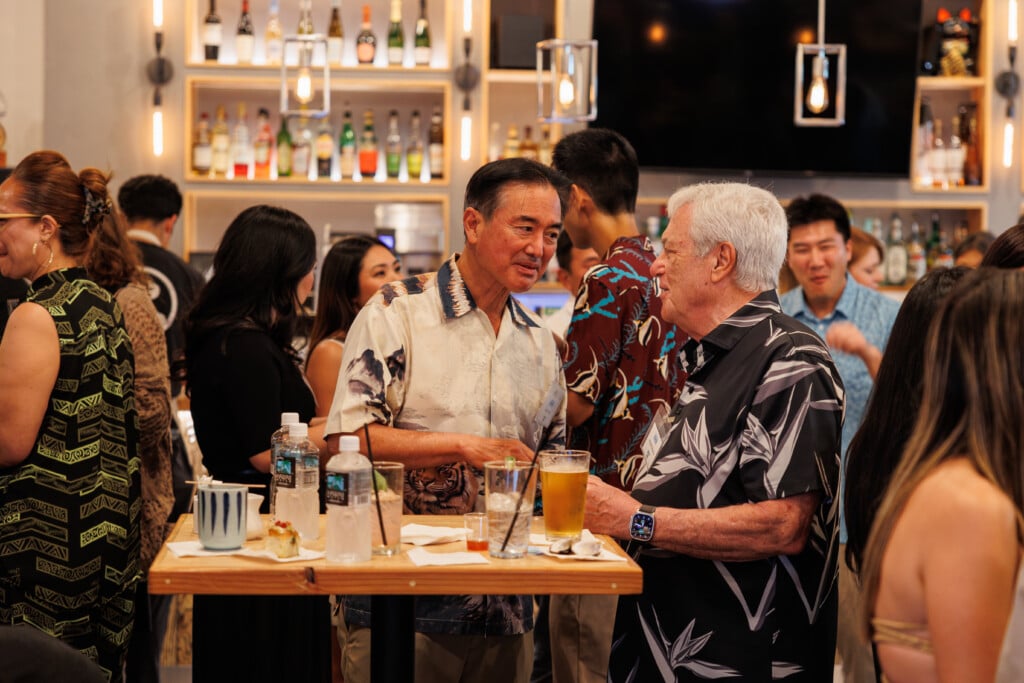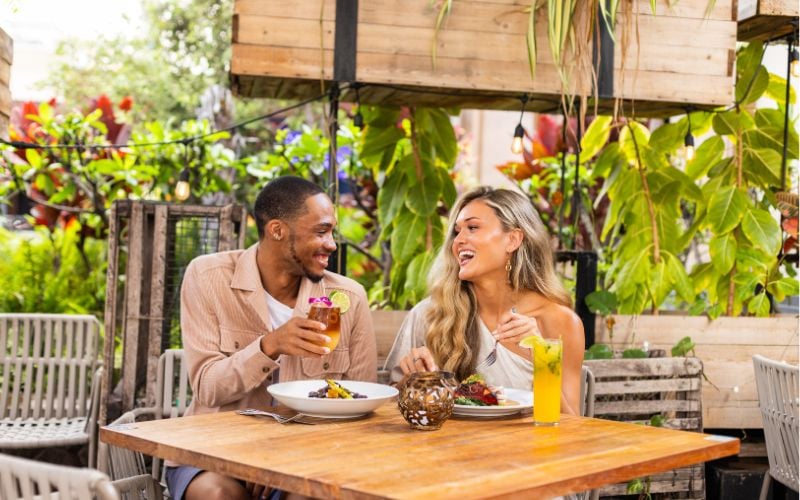Onkee Korean Grill House Is a New High Mark of Modern Korean Barbecue in Honolulu
Dry-aged beef, refined sides and close attention to detail (but no dipping sauces) modernize the KBBQ experience.
None of us were surprised when the owner of Onkee Korean Grill House told us that Honolulu’s Korean food scene felt stuck in the past. Skye Kim, who lives in Seoul and visits O‘ahu frequently, said local Korean restaurants hadn’t changed much in 20 years. While you could find that endearing in a nostalgic way, I find myself craving a taste of what people in Seoul are eating now.
SEE ALSO: Check Out 9 New & Coming Eateries on One Block at Ward Village
Opened in late August, Onkee brings that taste of contemporary South Korea. On the second floor of Ward Village’s Kō‘ula Shops, with soaring ceilings and warm tones accented by stone, copper and steampunk iron fixtures, it certainly looks the part. Building materials, tableware, ceramics and even the Michelin restaurant-trained chefs are from Korea. In line with the looks and feel, the food is modern and well-executed.

Photo: Thomas Obungen
During a hosted media preview in a cozy private dining room, we try a good chunk of the menu, starting with the grilled beef. The main draw of Korean barbecue is the primeval act of cooking meat, watching it go from raw red cuts to smoking morsels grilled over flames. Onkee marinates only its kalbi short ribs, letting the inherent qualities of the other cuts shine—there are no dipping sauces to hide behind. Instead, two covered bowls at the table contain plain and herbed sea salts for seasoning. Steamed rice ($3) is available, but you need to order it separately.

Photo: Thomas Obungen
Aside from Hangang, which also specializes in premium raw meats, Onkee’s high level of service and restrained aesthetic represent a Korean standard we have not seen since Budnamujip left. Whether you order by the cut or one of the combos, your server presents the meats on a butcher block before grilling them and letting you know when it’s time to meokda, or eat. Our server, a veteran of other local KBBQ restaurants, made sure we never had to fuss with the grill. Sometimes, it’s best to just let someone else (who isn’t eating) be the grill master.

Photo: Thomas Obungen
Combo B ($190 for three or four people) starts with hanger steak, USDA Prime dry-aged ribeye and filet mignon and finishes with boneless marinated king kalbi short ribs cut in one long strip. Of these, I am most surprised by the filet mignon, which you season with herbed sea salt. Normally, I forgo this flavorless cut for the fattier ribeye, but the texture is just too good.

Photo: Thomas Obungen
Now, if you’re wondering about the difference between Onkee and Han No Daidokoro two blocks over, that’s a valid question. The two restaurants couldn’t be more different. Han focuses on washugyu and wagyu beef that are coursed out in a Japanese-style meal. Onkee is unmistakably Korean—you eat family-style, with entrées and banchan side dishes containing bits of this and that.
SEE ALSO: Luxe Japanese Beef Elevates Yakiniku Grilling at Kaka‘ako’s Han no Daidokoro
The differentiator between the larger Combo B meat set and smaller Combo A ($110 for two people) is largely the filet mignon. It’s worth splurging on Combo B because a là carte, the tenderloin is $58 for six ounces; and Combo B’s four cuts of beef are enough to satisfy three or four adults, especially with sides.

Photo: Thomas Obungen
Onkee’s haemul pajeon, or seafood and green onion pancake ($26), is incredible. This savory hubcap has generous pieces of plump whole shrimp, squid rings and green onions and stays crisp for the duration of dinner. The potato pancake, topped with wasabi aioli but more akin to a latke or rosti than its distant jeon cousin, is also a must-have if you’re looking for crunch and satisfaction.
Banchan are also more restrained in seasoning and allow the main ingredients to express their flavors. The wonbok kim chee, a $15 side, is especially pungent and has a wonderful depth of flavor in contrast to the more mild daikon radish and zucchini. Optional sides include gyeran-jjim steamed eggs, plain ($14) or with corn cheese ($16), ojing-o bokkeum stir-fried squid ($32), ssam lettuce wraps ($6) and grilled mackerel ($18). While the stir-fried squid ($32) is overly sauced and not as spicy as we’d hoped, the texture is ideal with just enough bite to keep you interested. Over a bowl of rice, it would be so good.

Photo: Thomas Obungen
Soups, stews and cold noodles are also an obligatory part of KBBQ. At Onkee, we try the kalbi tang, or short rib soup ($32), and the North Korean-style mul-naengmyun cold noodles ($22). Both arrive in bangjja brassware bowls formerly used for nobility, matching the chopsticks and spoon. Of the two, the kalbi tang is our favorite for its unctuous base and thick cubes of short rib. On our next visit, we agree to try the doenjang chige soy bean paste soup ($18), which comes recommended by HONOLULU Magazine editorial director Diane Seo.
As the first restaurant for Kim and his wife, former professional golfer Grace Park, Onkee is a breath of fresh air. That’s in part because of the HVAC and grill system, but also because it feels seamless. From the upscale surroundings to the dry-aged beef and other dishes, this taste of modern Korean cuisine is something Honolulu needed.
Open daily 5 to 10 p.m., 1000 Auahi St., second floor, onkeehi.com, @onkeehawaii
